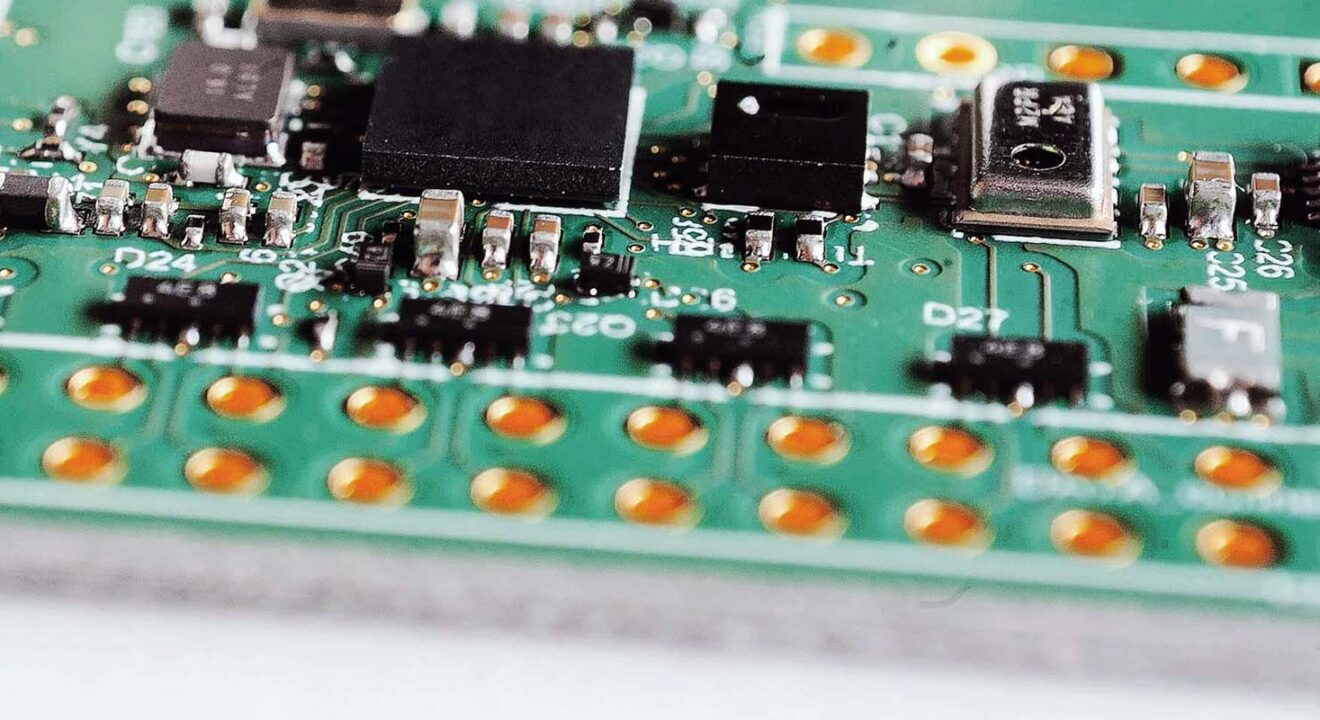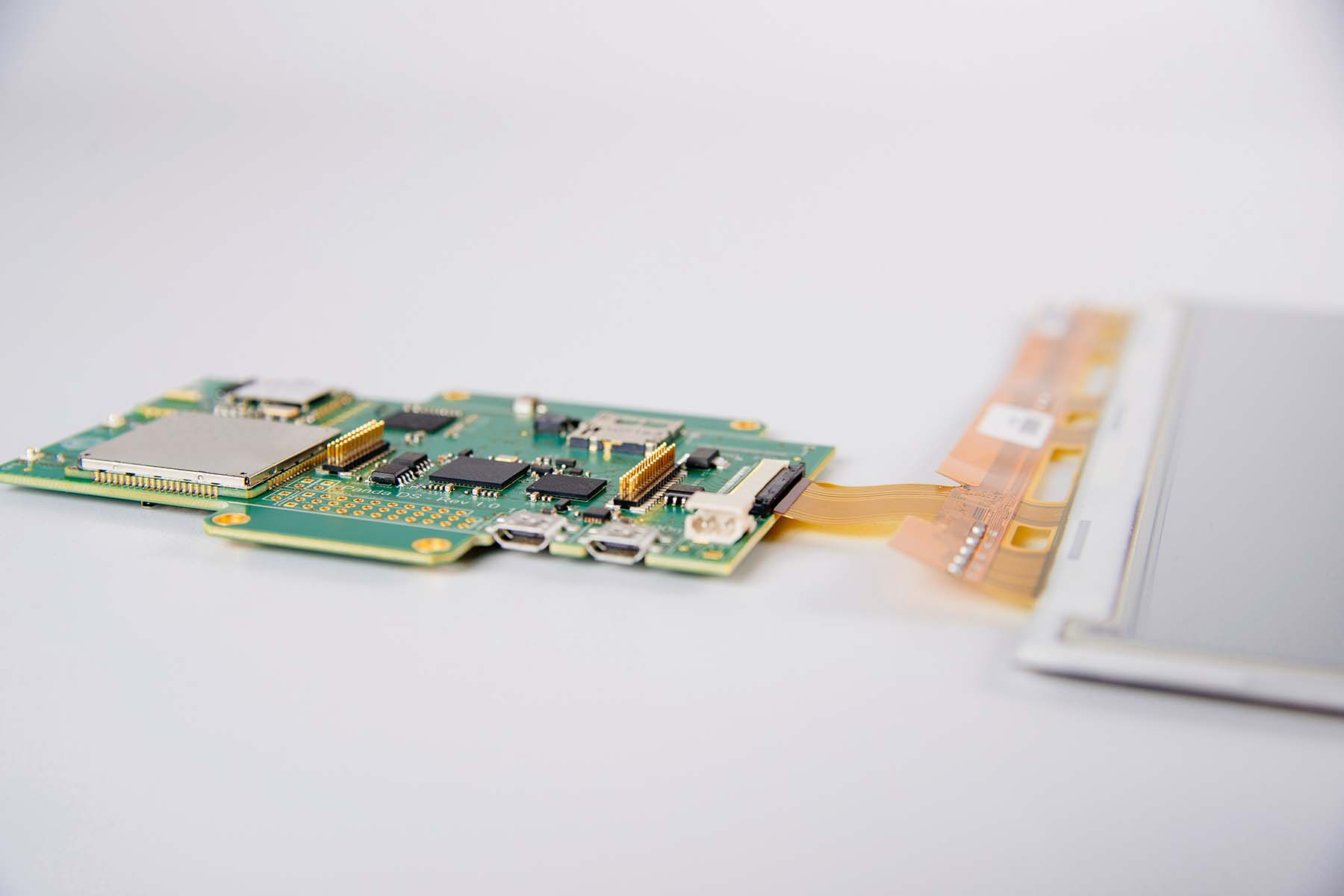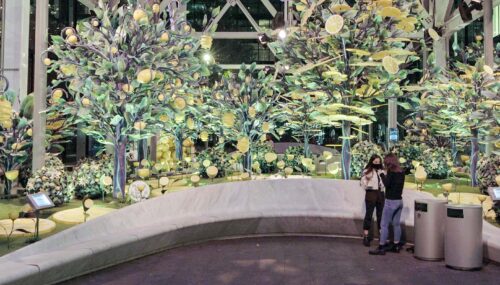

Visionect Driving Board: The full power of city information solution, expanded
Visionect, 14 Sep 2021
The brain behind what we do is now better, smarter and more powerful than ever before. Meet the Visionect Driving Board and see how it can change the world of city wide information.
Ever wanted to peek under the hood of a Formula One open-wheeler? At its heart is an amazing engine, using high pressure and controlled combustion to rev up the car and help it win the race. Replace the bolts and sparks with microchips and code, and you’ll get a similar beast, now revving up the race of digital: the driving board.
And when it comes to the driving boards behind digitized city info signs, there are none better than those from Visionect. The boards driving our Urban outdoor city info screens are the world’s most widely used e-paper driving systems and a key building block of energy efficient signage across the globe.
And they are now better and more intelligent than ever before!
R&D that brings digital signage to a new (ultra energy efficient) level
The latest generation of driving boards, tucked away in our Urban line, brings amazing new functionalities to city information and public transportation signage. The new Visionect Driving Board has been built from scratch by years of our know-how and information we have been gathering from the market. Achieving the highest possible power optimization was our main goal.
From their first revision, Visionect driving boards have supported extremely low power consumption, enabling them to run completely off the power grid. In the years since their inception, we’ve perfected the tech even more.
Explains Rok Zalar, CEO and co-founder of Visionect: ”When we started developing the latest generation of our driving board, we went back to the trenches and focused intensely on what we were all about. Nothing has changed since our inception 15 years ago. Our focus is still on product simplicity and user friendliness, expediting market adoption, as well as on low power e-paper tech and energy optimization. The infrastructure driving the e-paper screens should follow this same.”
The result is a driving board that has been custom built to run on proprietary firmware, with the ability to optimize the power efficiency of a public display to the highest possible degree. Visionect URBAN products are therefore able to either run longer with the same power module capacity or use a significantly smaller power module to ensure smooth operations – which, of course, brings down the total cost of ownership.

Electronic paper driving board that brings power optimization to a new level, ultra level.
Thin or advanced client? You can now have both!
If the Visionect Driving Board can make all the difference when it comes to the success of deploying digital bus stops, its latest incarnation goes one step further and allows you to decide how this printed-circuit brain should run. And switch between the two modes remotely!
As a thin client, connecting to the server to process the sign’s content, the Visionect Driving Board allows for Urban displays to run out of the box, without extra fuss. This brings more creativity to your content design and is a perfect choice when the screen needn’t change it’s content as frequently.
As an advanced client, however, the Visionect Driving board allows the content on the sign to be processed locally, minimizing the data traffic sent from the server to the device or bypassing the server altogether. As sign interaction can be handled locally, the quality of information displayed is not subject to the quality of the wireless link, reducing interaction latency and mobile data transfer costs and making sure that the right information is always shown to the passers-by. This is ideal for use cases where the screen needs to be updated more often, enabling content automation, such as countdowns, and a predetermined content design.
From solar charging to hit detection, the Visionect Driving Board can do it all
But ultra (ultra!) low power consumption and a dual thin-advanced client mode is not all that the new Visionect Driving Board has to offer. The latest generation of this core Visionect technology has many other new features as well.
The Visionect Driving Board:
- Can support two separate displays simultaneously, via one driving board, optimizing the total cost of ownership.
- Has an extension board that takes care of any add-on functionality. This allows for an adjustment in the cost of integrated material and optimizes the investment.
- Is capable of driving two different modes of text-to-speech functionality: preconfigured WAV files or external “on-the-fly” text-to-speech. You can now adapt the technology easily and create a best fit for your use case.
- Has an integrated solar panel charging circuit that supports LiFEPo4 and SLA batteries, minimizing the need for external components.
- Supports 4G globally, as well as Ethernet and WiFi on a single board in order to ensure the product will fit into the region it is going to be deployed in.
- Features a bus stop hit detection mechanism that uses 6 DoF sensors which detects the incorrect orientation of the bus stop.
- TLS 1.3 support for a secure data transfer between the server and the device
Dotting the i: Visionect Software Suite
Rounding up the firmware and hardware that bring life to the most demanding of signage deployments is the Visionect Software Suite, supporting every Urban bus stop by taking charge of its operational aspects, from battery performance analytics, to signal strength and the live view of the content displayed. Easily build apps to be displayed on screen and rest assured of the scalability and large-deployment readiness of any and all Visionect technology.
“With every development product, we strive to respect the core trait of e-paper, its ability of extreme power optimization, and at the same time give the market a product that is easy to use,” explains Rok Zalar. The new Visionect Driving Board is just the first step in many more exciting things to come, he adds.

Optimizing power consumption enables solar powered digital displays to work off-grid even in areas with less solar energy potential.
Tags

